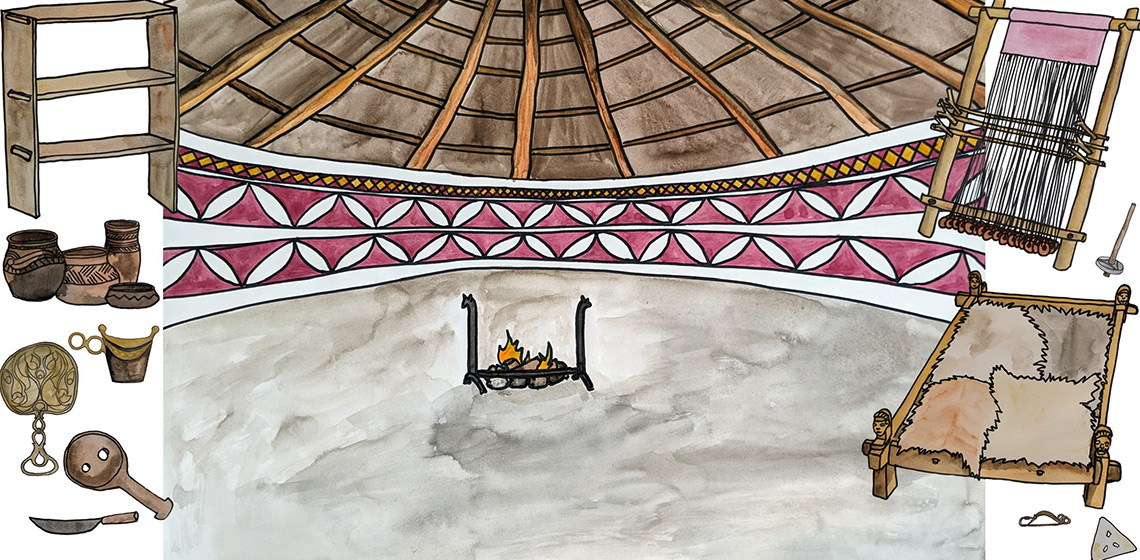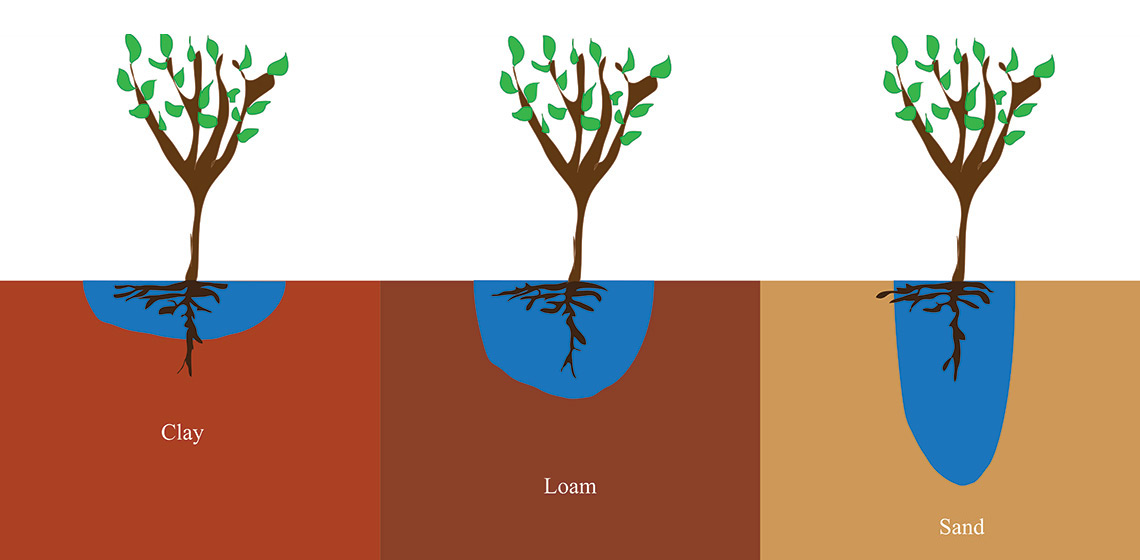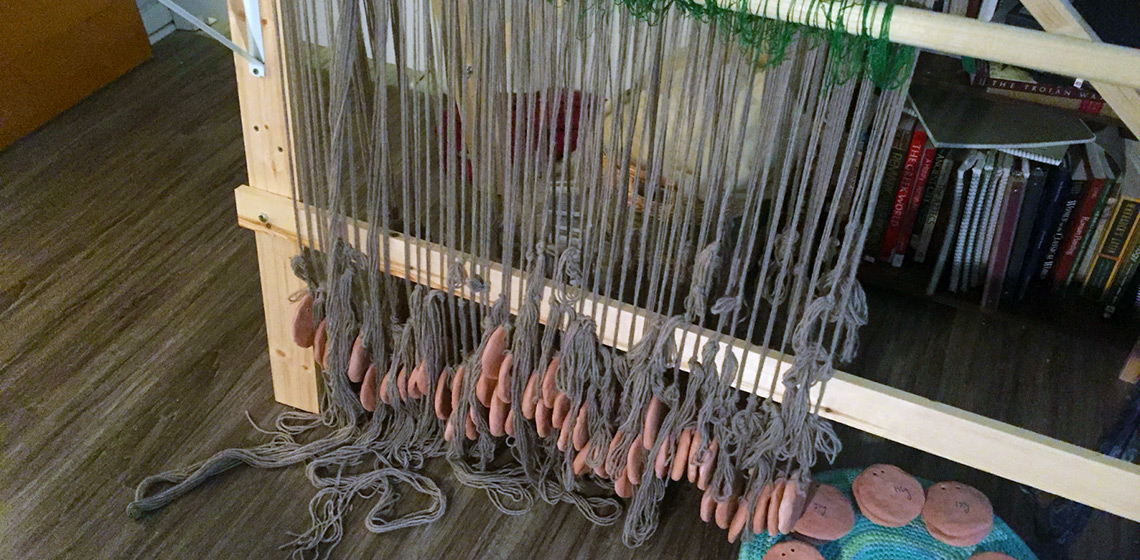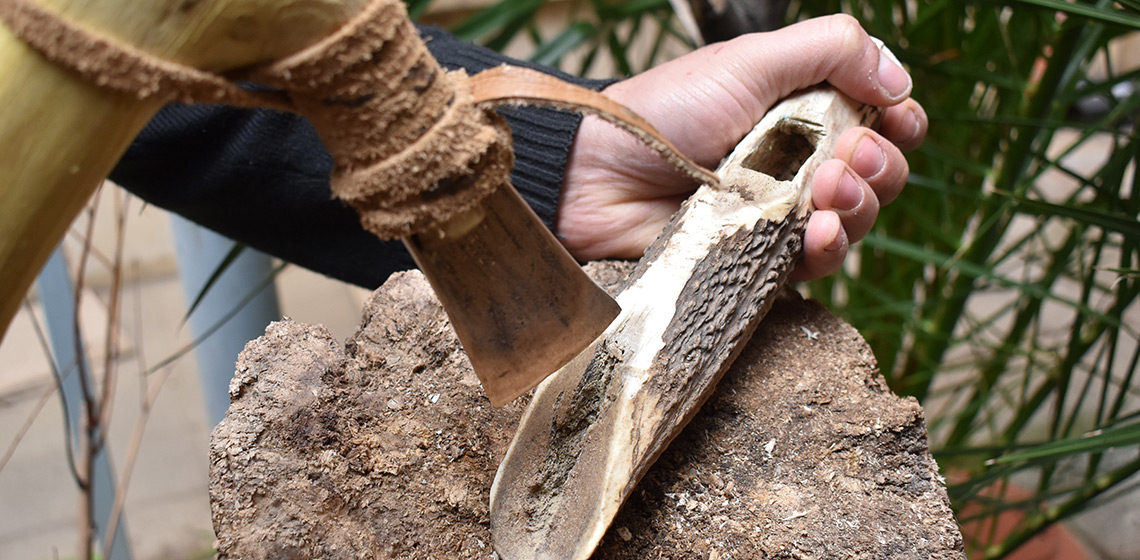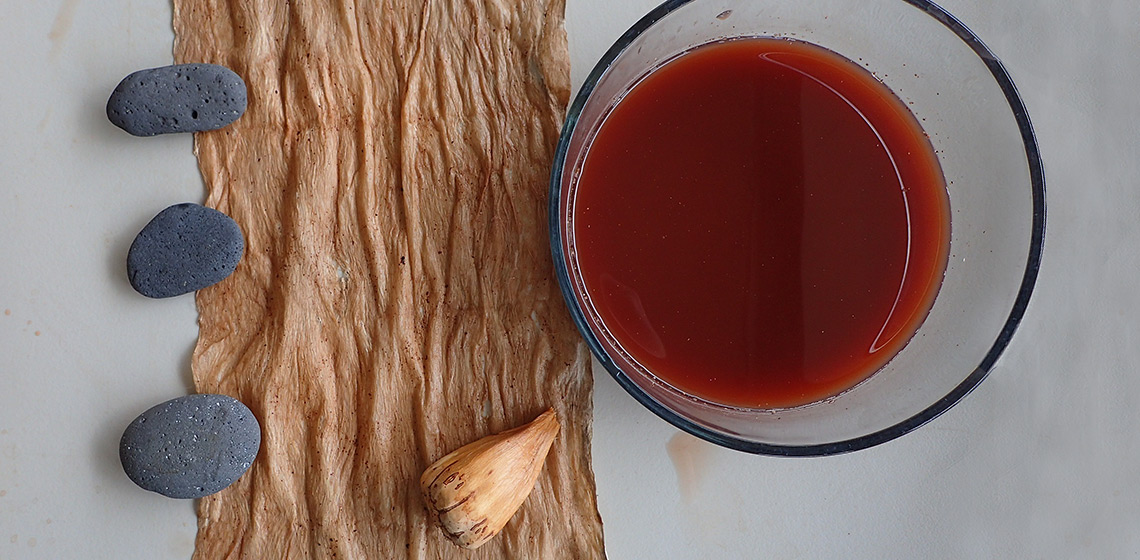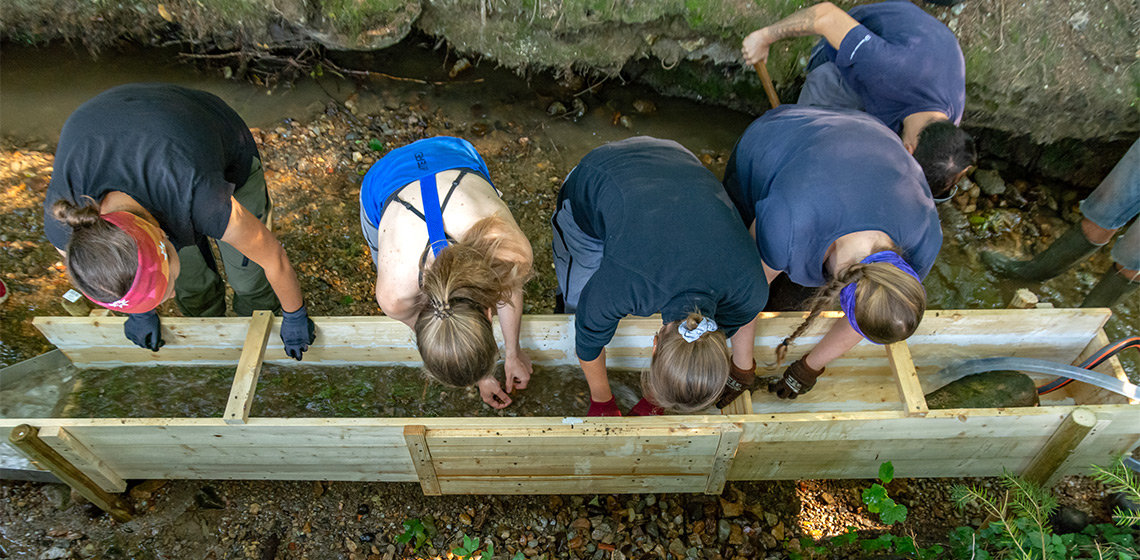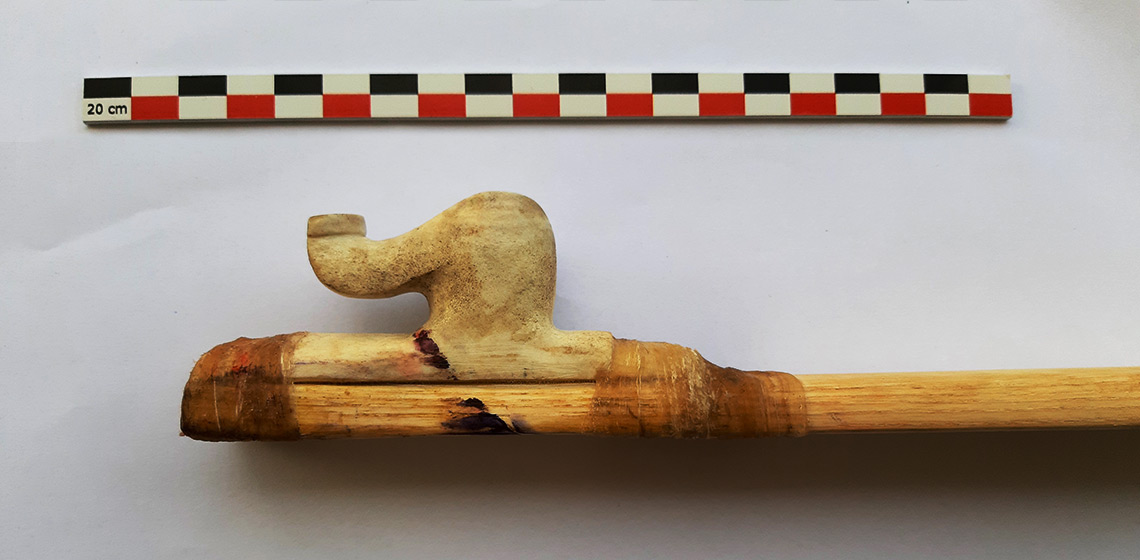The content is published under a Creative Commons Attribution Non-Commercial 4.0 License.
Themed Collections:
12th EAC - World Tour
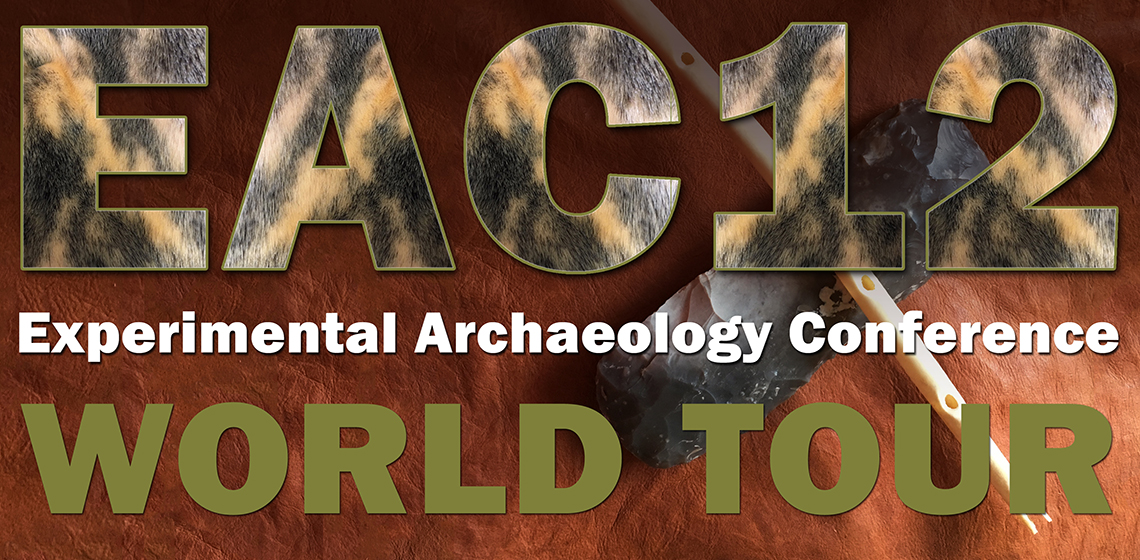
The #EAC12 Conference was an “around the world in 80 experiments” taking place in March 2021. It started in Australia, turning towards Asia, Africa, Europe, North and South America as the time proceeds, and that for 4 days. #EAC12 had online lectures as well as presentations by local hotspots in different time zones (in total 167). With the lectures and hotspots, #EAC12 shows the diversity of experimental archaeology and the geographic spread. All the presentations are available on the EXARC's Youtube channel, a few authors also published with the EXARC Journal (see below).
Linda Hurcombe and Peter Inker gave the closing talk at EAC12 amazing conference. They did it in the same way as at the conference: Peter was online in the United States and Linda was online in the United Kingdom. The conversations between the two of them have been running throughout the live conference. They have both talked about the need to do things differently in a world where there is climate change to think about. The new format has been both a challenge and a chance for new opportunities.
"I think EXARC has really set a new idea of what you can do and it is not one that I've seen done in any other field, let alone in archaeology. I just commend them for having the vision to do it this way and to give us this set of experiences, with the help of so much organization and support behind the scenes."
See for all presentations EXARC YouTube channel
Featured
Exploring the Potential of Shared Authority Projects in Open-Air Museums
***As our societies become more diverse and the demographics of heritage visitors change, many open-air museums are concerned about how to remain relevant. Making a shift to an activist approach is one way museums can evolve to better serve their visitors and community. Many traditional museums have adopted this approach, but relatively few open-air museums have done so...
Ancient Technologies in Contexts of the Sustainable Development Goals
***The demand for innovative solutions to pressing ecological and societal challenges is on a constant rise. Ancient technologies provide extensive yet underutilized opportunities to help solve such problems. This paper presents three of these technologies and their successful application in modern contexts based on five illustrating case studies...
Ancient Greek Weaving, Experimental Archeology on Greek Textiles and Household GDP
***This paper outlines the experimental weaving project of an ancient Greek chlamys to investigate the weaving production capacity of a typical household and reconstruct women’s contribution to household GDP in ancient Greece. While some scholars have researched finer textiles and tech-niques based on visual evidence...
Hoes or Adzes? Experimental Reproduction and Uses of Deer Antler Tools from the Bronze Age Terramara of Pragatto (Italy)
***This research aimed to evaluate the hypotheses related to the production and possible uses of a class of deer antler tools from the Bronze Age Terramara of Pragatto (Italy). These bevel-ended instruments are traditionally considered handled hoes, related to agricultural purposes such as tillage...
Approaches to Experimental Pit House Reconstructions in the Japanese Central Highlands: Architectural History, Community Archaeology and Ethnology
***In Japan, over 1,000 prehistoric house reconstructions have been built at 360 different locations since 1949. Pit houses from Neolithic Jomon Period (14,000–300BC) are the most common but they are mostly based on archaeological remains limited to pits and postholes. Therefore, decisions on material and structure come from various sources, some based on research and others rooted in cultural ideologies or individual’s preferences...
Bast, Ferns, and Mud: Experimental Recreation of a Kapa Kaha (Barkcloth)
***Kapa (Hawaiian barkcloth) was the ubiquitous fabric of historic Hawaiʻi, used for everything from clothing to bedding, from swaddling newborns to enshrouding the deceased, and all things in between. This textile is crafted from the bast (inner bark) of several plant species...
Roman Gold Washing as Described by Pliny the Elder
***As part of a four-year interdisciplinary research project of a Roman gold mine in the landscape known as the "Karth" to the south of Vienna, Austria, a reconstruction of gold washing took place as described by Pliny the Elder in book 33 of his Natural History. So far, the "Karth" is the only proven Roman gold mine known in the Eastern Alps...
Archaeological Experiment on Reconstruction of the “Compound” Bow of the Sintashta Bronze Age Culture from the Stepnoe Cemetery
***This article presents data from an international experimental study on the reconstruction of the “compound” bow of Sintashta culture of bronze age South Ural, Russia. The project is carried out by a collective of researchers from Greece and Russia as part of the grant program of EXARC - “Twinning program”...
Experimental Roman Minting: Casting Silver-Copper Alloys into a Bronze Mould
***This paper provides the details of a Roman minting experiment, which used a bronze mould to cast debased silver blanks typical of the third century A.D. The investigation follows the paper ''Experiments reproducing Roman debased alloys" (George, 2020) which studied the manufacturing methods used...


